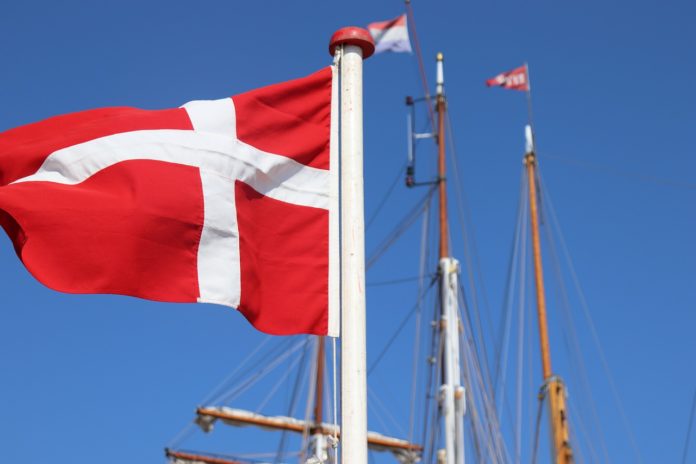The Nordic countries consistently top the list as the happiest countries in the world. For the last couple of years, the Finns have held the top spot as the world’s happiest people, closely followed by the Danes who were crowned the happiest population for multiple years before that.
The secret to happiness is of course highly individual, but some of the criteria used in the World Happiness Report are GDP per capita, social support, life expectancy, freedom to make life choices, generosity and perceptions of corruption.
Denmark, who has a stellar reputation as being one of the happiest countries in the world, now wants to inspire others to achieve happiness, and they are doing it through a museum.
The Happiness Museum, Lykkemuseet, was established in the center of Copenhagen earlier this year by the Happiness Research Institute, and with everything going on in the world right now, the timing couldn’t have been better.
According to their website, the mission of the museum is to educate their visitor in the why’s and how’s of happiness.
“We all seem to be looking for happiness – but perhaps we are looking in the wrong places. We have gotten richer as societies but often failed to become happier. Therefore, the Happiness Research Institute decided to create a museum where we can bring happiness to life.”, they write on the website.
The Happiness Research Institute is an independant think tank that studies happiness, the science behind it and why some societies and countries are happier than others. According to CNN, the objective of the think tank is to inspire societal and political change by simply suggesting that global policymakers include the wellbeing and happiness of their citizens as an essential part of the public policy debate.
Danish psychologist Marie Helweg-Larsen, a professor at Dickinson College in Pennsylvania, told CNN: “I think foreigners find the Nordic countries to be kind of a conundrum. They seem to do things that others have decided couldn’t possibly be associated with happiness, like pay high taxes, live with cold weather and experience long periods of darkness.”
And she might be on to something – although the Nordic region is well-known for their long winters, dark days and high taxes, the countries also boasts being some of the least corrupt countries in the world and best countries to be a parent. All factors that point to a happier population. On top of that, Finland managed to erradicate street homelessness altogether by providing housing support, pointing to the Nordic governments commitment to care for their most vulnerable citizens.
READ: There are no homeless people on the streets of Helsinki – here’s why
The 2,585 sq ft museum takes their visitors along on a journey to learn more about the history of happiness, exploring what generates happiness through exhibits and displays and also allows the visitors to self-reflect on what truly makes them happy.
In times where many people feel hopeless, sad or isolated, the work of the Happiness Institute is more important than ever. Be sure to check out more information about the organisation on their website.






[…] The happiness museum in Copenhagen closely looks into the factors that contribute to happiness and examines why Denmark is considered so happy. […]